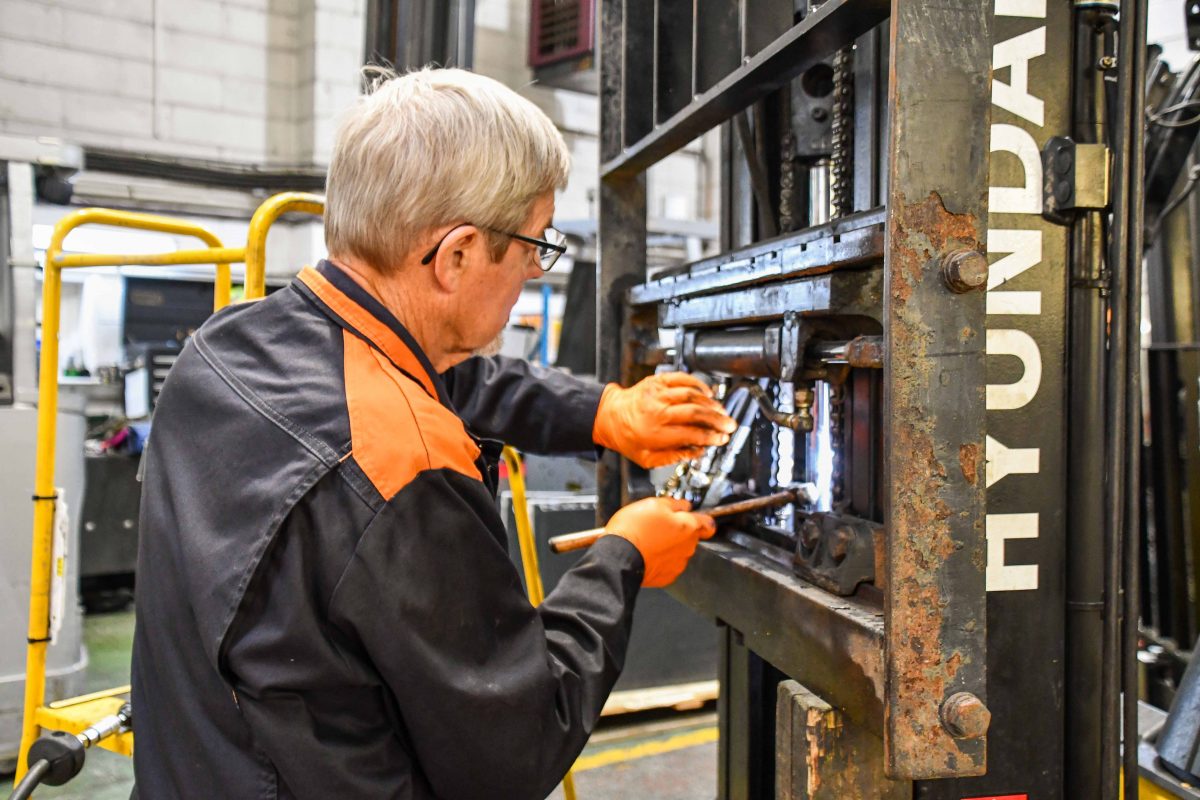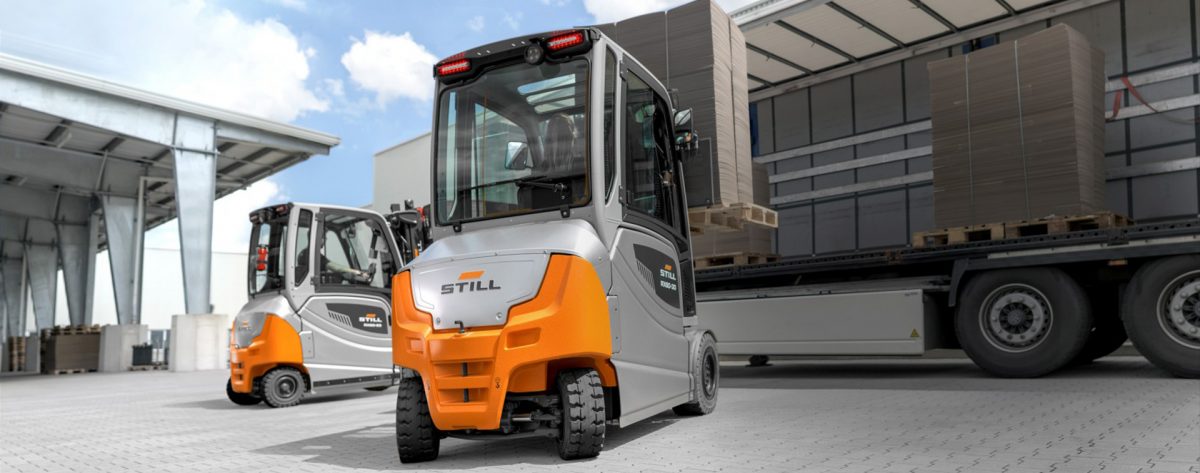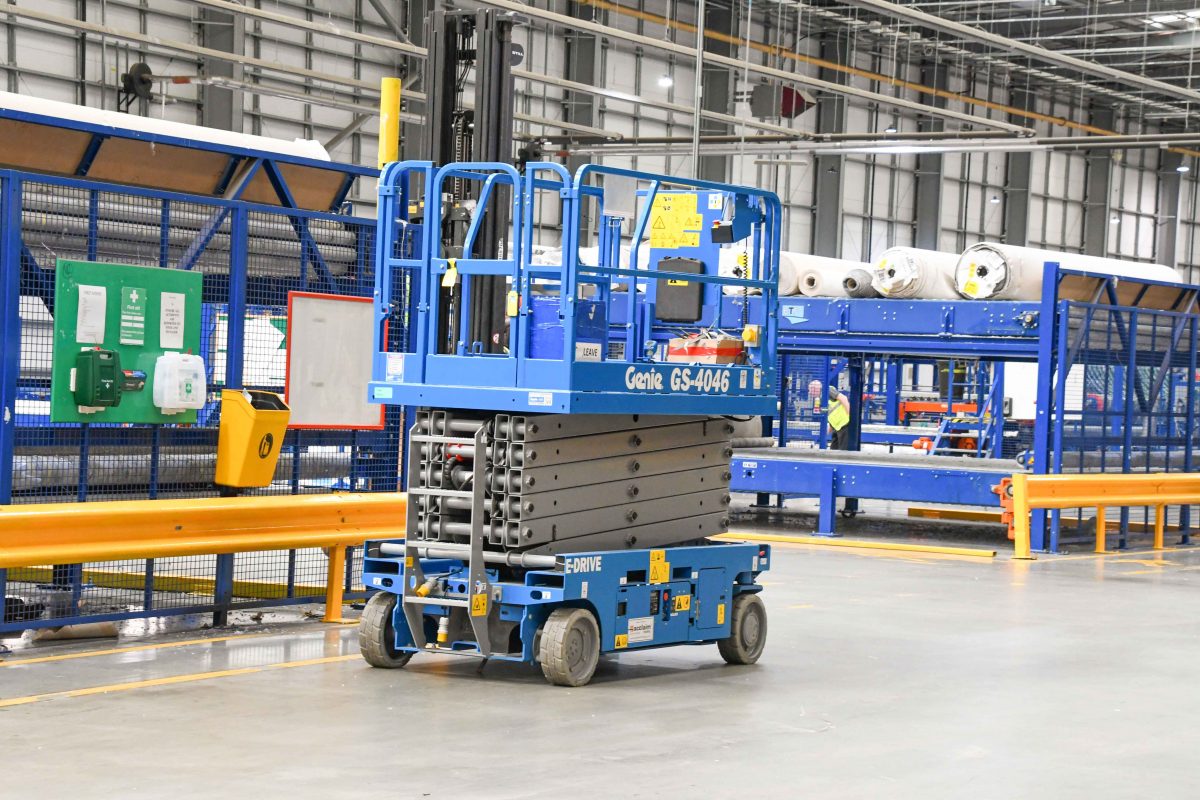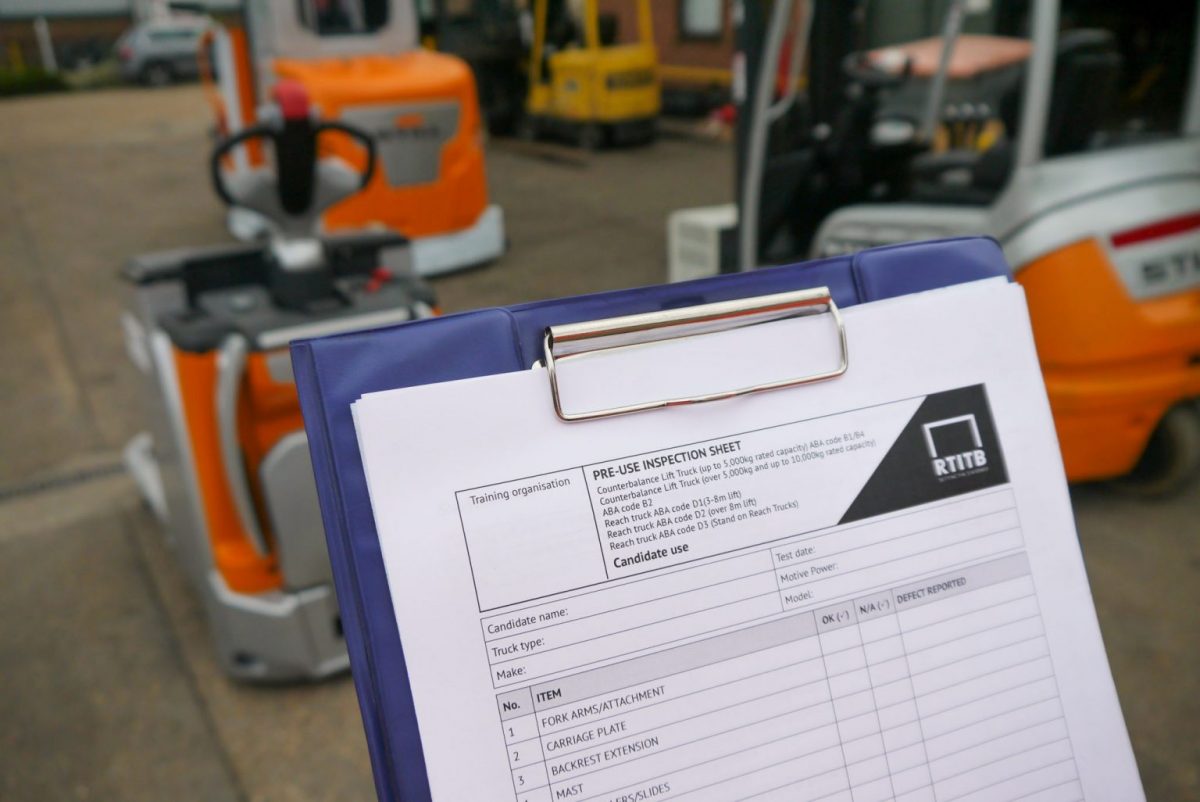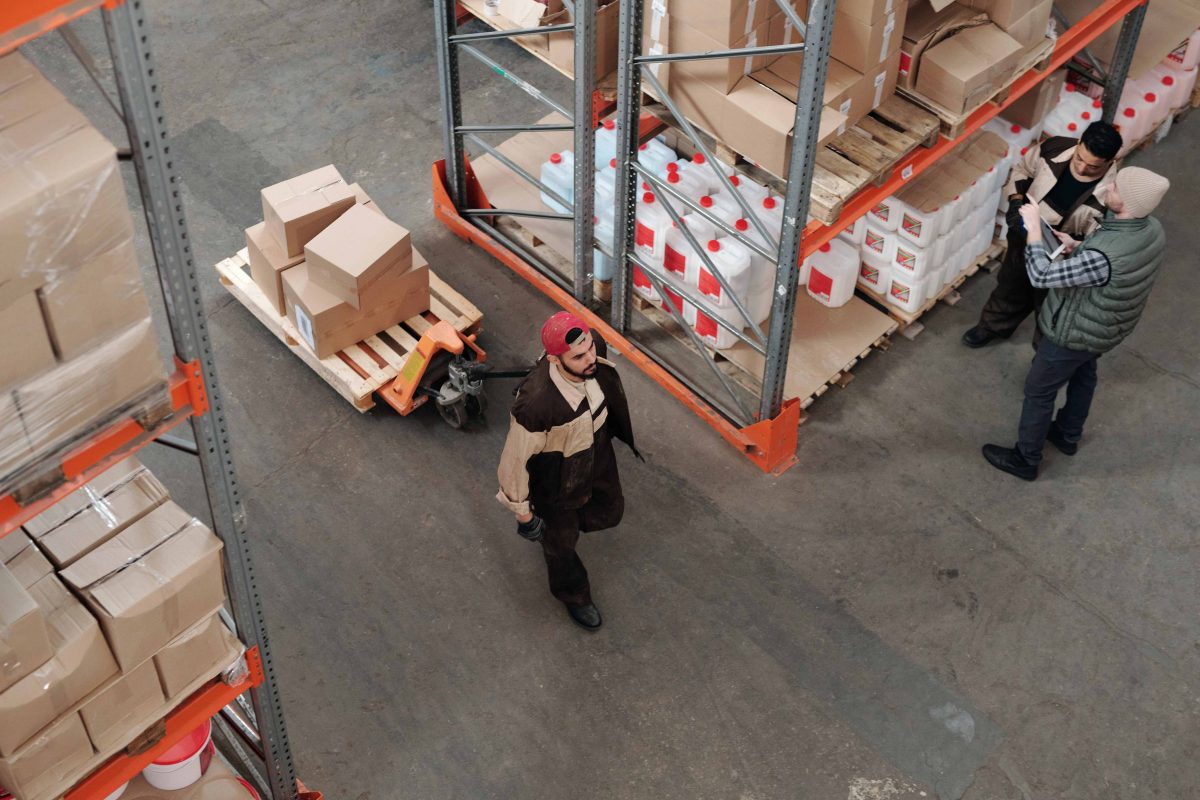A Guide to the Types of Pallet Stackers
If you’ve ever worked with a forklift, you’ve probably had to use a pallet stacker. This guide will discuss the different types of pallet stackers. Learning your way around a forklift and various pallet stackers often takes a lot of time and practise. Given that this equipment can be classified as heavy-duty, it’s essential to have a rigorous understanding of how they work.
Here are the different types of pallet stackers:
- Electric pallet stacker
- Counterbalance pallet stacker
- Semi-electric pallet stacker
- Ride-on pallet stacker
- Manual pallet stacker
- Manual straddle pallet stacker
- Mono mast pallet stacker
The several different forms of pallet stackers are each optimised and designed to serve different functions in a warehouse. Keep reading to learn more about the types of pallet stackers around!
Types of Pallet Stackers
Knowing how to operate different pallet stackers is an essential skill in any warehouse or profession that requires the use of a forklift and pallet stacker. Although pallet stackers have similar functions, they’re all unique and offer something different.
1. Electric Pallet Stacker
An electric pallet stacker operates on motors and hydraulics with either a built-in or external charger. Electric pallet stackers are a must-have for any warehouse or place where objects (especially heavy objects) need to be transported and racked.
2. Counterbalance Pallet Stacker
Counterbalance pallet stackers contain counterbalance weights that allow the pallet stacker to safely carry and transport goods. This type of pallet stacker is best for smaller or medium loads and better for spaces where a forklift would be too big.
3. Semi-Electric Pallet Stacker
Semi-electric pallet stackers use battery and electric power, as well as a hydraulic cylinder with a chain that can lift the forks. This kind of stacker is great if you want to save money, as a semi-electric stacker drops the forks without utilising the motor, ultimately saving some battery.
4. Ride-On Pallet Stacker
A ride-on pallet stacker is excellent if you need to transport goods over large distances. This variety of pallet stacker moves at a decent speed, allowing you to transport your pallets in a timely fashion while riding in it.
5. Manual Pallet Stacker
Manual pallet stackers allow the operator complete control over the machine, as you’ll manually insert the forks and utilise a control lever that starts the hydraulic system. This type of pallet stacker is designed to carry and transport quite heavy loads, with a capacity of up to five tonnes.
6. Manual Straddle Pallet Stacker
In contrast to an electric pallet stacker, a manual stacker uses a footgear that causes the hydraulics to raise the forks. A manual pallet stacker has a fairly low capacity compared to a manual pallet stacker, being able to carry loads up to 1000kg.
7. Mono Mast Pallet Stacker
A mono mast pallet stacker is designed to carry lighter loads in smaller areas. This variety of pallet stackers is excellent if you need to transport lighter goods but don’t have a lot of room in your warehouse, factory, etc. Mono mast pallet stackers have a capacity of more or less 1200kg.
Benefits of Using a Pallet Stacker
Pallet stackers are a useful and worthwhile addition to any work that requires the transportation and racking of heavy or medium-weight loads. This equipment is also great for injury prevention, as it takes away the need to lift heavy loads by hand.
Pallet Stackers Enable Time and Energy Efficiency
Think about the amount of energy and time it would take your workforce to transport and shelve a bunch of heavy goods. Pallet stackers take away the hard labour involved in transporting and racking goods, enabling a more productive and time-efficient workforce.
Pallet Stackers Reduce the Risk of Injury
Carrying heavy loads by hand can pose safety hazards and increase the risk of injuries. Using a pallet stacker can greatly reduce the risk of injury by having it do all the heavy lifting on behalf of the workforce. Pallet stackers are excellent additions to any factory floor, warehouse, etc., and can keep your workforce safe and free of safety compromises.
Pallet Stackers are Environmentally-Friendly
Since pallet stackers are generally powered by batteries and hydraulics, it omits the need to use fossil fuels like gas and diesel. A pallet stacker’s batteries are fast-charging and don’t need maintenance, ultimately saving you money on maintenance and energy bills.
Stackers are Transportable
A pallet stacker allows you to transport goods over long distances and is even more convenient and time-efficient if you can ride on it. In places where a forklift would be too big, a pallet stacker can take over and is ideal if you need to transport or rack goods in a crowded space.
Final Thoughts
Knowing the different types of pallet stackers available makes it easier to decide which variety will best suit your workplace. Although pallet stackers have a low entrance barrier and don’t require a forklift license to operate, you should always proceed with operations with caution and safety!
